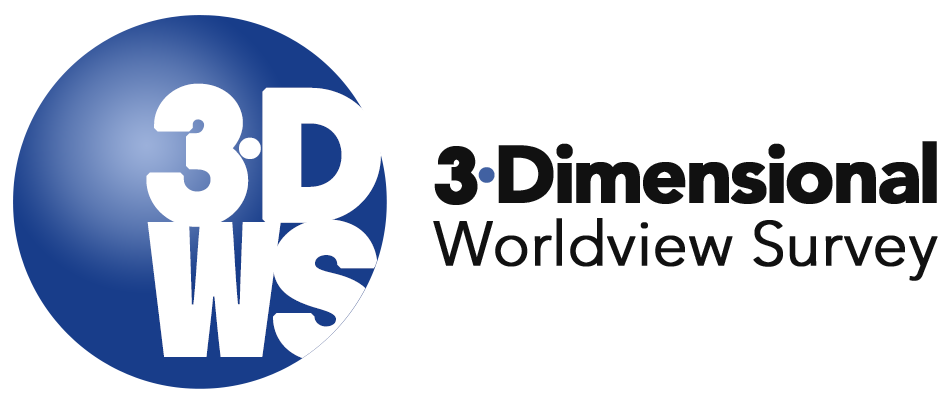14 Questions: Are Your Students in Sync with Biblical Principles?
In today’s rapidly changing world, it’s crucial for Christian educators and leaders to ensure that students’ beliefs and behaviors are in sync with biblical principles. Understanding where students stand in their spiritual and moral development can be challenging, especially when external influences increasingly shape their worldview. To help you assess how well your student body reflects a biblical perspective, we’ve compiled 14 key questions you can use to help. These questions are designed to guide you in evaluating students’ alignment with biblical teachings and to identify areas where further focus may be needed. Dive into these questions to uncover potential gaps and discover effective strategies for nurturing a strong, biblical worldview among your students.
Identifying Discrepancies
When evaluating if your student body is aligned with biblical principles, start by reflecting on observed trends and behaviors. Consider the following questions to gain insights into potential discrepancies:
- What trends or behaviors have I observed in students that suggest they are not holding to biblical principles?
- Are students significantly influenced by secular ideologies?
- How often do students engage in discussions or activities that challenge or contradict biblical teachings?
- What role do media, culture, and peer influence play in shaping students’ beliefs?
Understanding these areas can highlight where students might be deviating from biblical teachings. For instance, Romans 12:2 reminds us “Do not conform to the pattern of this world, but be transformed by the renewing of your mind.” You may notice certain patterns or external influences affecting their worldview. For deeper insights into these gaps, explore the 10 Questions for Understanding Worldview PDF.
Understanding Foundational Knowledge
Next, assess how well students grasp foundational biblical concepts. These questions can guide your evaluation:
- How well do students understand foundational biblical concepts?
- Where are the gaps in their knowledge of foundational biblical concepts?
- Are students applying biblical principles to their daily lives?
- Is students’ faith more intellectual than transformative?
These questions help determine if students possess a solid grasp of biblical teachings and are integrating them into their daily lives. James 1:22 encourages us to “be doers of the word, and not hearers only, deceiving yourselves.” If gaps are identified, the 10 Questions for Understanding Worldview PDF can provide valuable sample questions from the 3DWS to address these gaps.
Evaluating Divergence from Biblical Worldview
To address specific areas where students’ beliefs may diverge from a biblical worldview, consider:
- What are the key areas where students’ beliefs diverge from a biblical worldview? For example:
- Ethics
- Morality
- Identity
- Convictions
- Behaviors
- Attitudes
- How effectively are we teaching and reinforcing a biblical worldview in our curriculum and extracurricular activities?
- How well are students equipped to critically evaluate and respond to worldviews that conflict with biblical teachings?
These questions help pinpoint where students’ beliefs diverge and how well your institution is addressing these areas. Colossians 2:8 warns us to “see to it that no one takes you captive through hollow and deceptive philosophy.” For an effective assessment and alignment strategy, integrating the 3DWS can offer a comprehensive view of students’ worldviews.
Utilizing Assessment Tools
Assessment tools play a crucial role in measuring and improving students’ alignment with a biblical worldview. Reflect on these questions:
- What assessment tools or methods am I using to measure students’ alignment with a biblical worldview? Of course, we recommend the 3-D Worldview Survey
- What am I doing with the results of those assessments to help worldview formation?
- How can we use the results as an organization
- How to teach BWV so kids understand
- A Biblical Worldview Won’t Happen by Accident
- Am I aware of any specific worldviews or ideologies that are particularly attractive to students?
Using the right tools and methods can significantly impact how well you understand and address students’ worldview alignment. There are many tools available for evaluating students’ worldviews, but the 3D Worldview Survey (3DWS) is unique in capturing a comprehensive picture. It evaluates students’ propositional beliefs, everyday behaviors, and heart-orientation attitudes. Using structured tools like the 3DWS can provide valuable insights and lead to more effective strategies for alignment. For sample questions, check out the 10 Questions for Understanding Worldview PDF.
Moving Forward with Confidence
To address and correct any misalignments, proactive steps are essential. The value of tools like the 3DWS lies in their ability to provide a detailed assessment and guide effective strategies. Continuously developing a biblical worldview among students ensures they have a firm foundation of beliefs, live out those beliefs, and maintain a heart oriented towards Christ. As Psalm 119:11 states, “I have hidden your word in my heart that I might not sin against you.”
Now What?
Access the 10 Questions for Understanding Worldview PDF to help with assessing and understanding your students’ worldviews. Developing a 3-dimensional and biblical worldview in students is essential so they have a firm foundation of beliefs, live out their beliefs daily, and continue to orient their hearts toward the Lord Jesus Christ throughout their lives.
Sometimes, understanding and mentoring students in spiritual formation requires additional support. The 3-Dimensional Worldview Survey can be a valuable tool in this process.
- What Is the 3-D Worldview Survey?
- Take the 3-D Worldview for yourself
If you haven’t yet used the 3DWS with your class, check out the PDF below for some sample questions from the survey to get started.
#BiblicalPrinciples #ChristianEducation #3DWorldview





